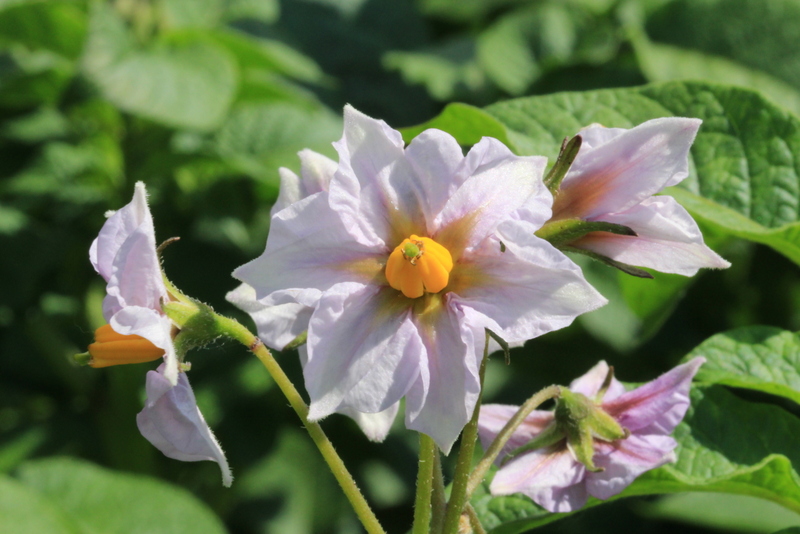Aphid Alert for week ending July 29th
Thursday, August 1, 2013
Here's the catch for the Trapping Period ending July 29*
The number of aphid vectors recovered at many sites decreased this week, however, with the Sturgis Rally right around the corner, we might expect the Sturgis Dispersal Event (coined by Bruce Potter at the SWROC in Lamberton) to bring us soybean aphids in the next 2 weeks. While the name may seem light-hearted, it does accurately describe roughly the timing of a late season movement of soybean aphids (generally late July / early August) that often bring aphids into northern Minnesota, North Dakota, and Manitoba. Soybean aphids have been recovered from several locations (especially Crookston, MN) for the past 3 sampling weeks.
Aphid populations are well-established in the region by now, small grains began have been senescing and the traps at many locations have been recovering cereal aphids for several weeks now. There are vectors in the region and aggressive management is recommended!
KEEP SCOUTING!!
Scouting & treating aphids in potatoes:
- select leaves from the lower to mid canopy. Lower, older leaves will have more established colonies and aphids prefer the balance of nutrients found here; aphids are rarely found on leaves in the upper canopy.
- avoid leaves on the ground or in contact with the soil.
- in seed potatoes there is only a threshold for PLRV (10 aphids/100 leaves), reactive application of standard broad-spectrum insecticides are not an effective control for PVY (by the time the aphid has been exposed and dies, it can have moved PVY inoculum into and, more importantly, within the field.
- the use of feeding suppressing insecticides, such as Fulfill (Syngenta Crop Protection) or Beleaf (FMC Corp.) and refined crop oils, such as Aphoil and JMS Stylet Oil, at or prior to field colonization by aphids may reduce the transmission of PVY within fields.
- in table stock potatoes, a treatment threshold of 30 aphids /100 leaves should deter yield loss due to aphid feeding
Always read the label!!
*We are moving to 2 reports/week. We will be updating the site on Mondays and Thurs/Fri to ensure trap captures are reported within 2-3 days of receipt and identification here at the NWROC Entomology lab in Crookston. Sorting and identification time is decreasing and we're slugging through the material, but it's often slow-going when very full trap jars make their way into the lab (then it gets fun!).
If needed, contact the lab at 218.281.8633 and ask for Ian or Nate...
Further information can be found at www.aphidalert.blogspot.com





